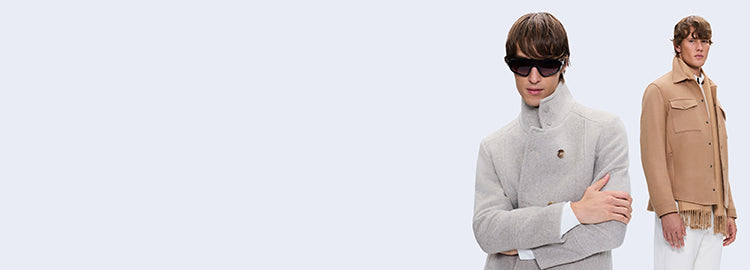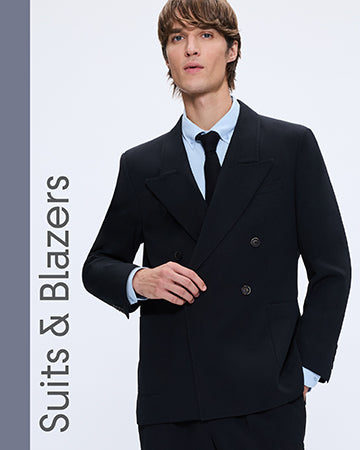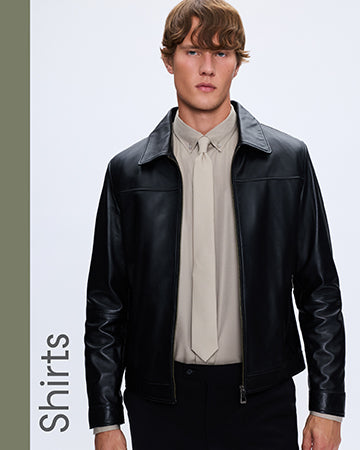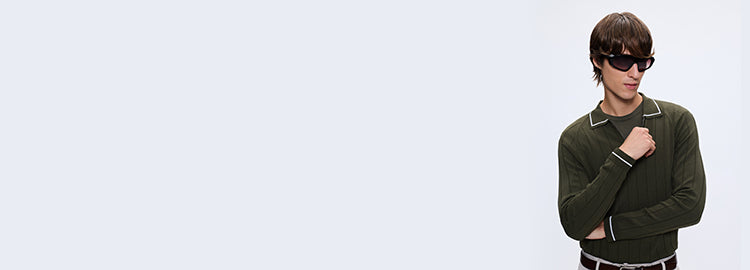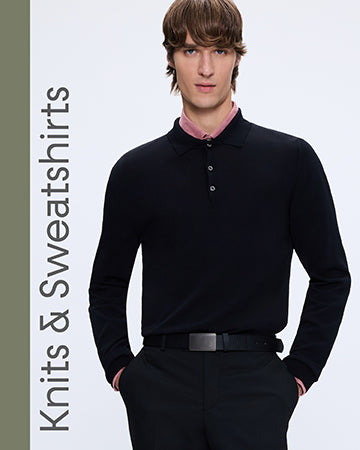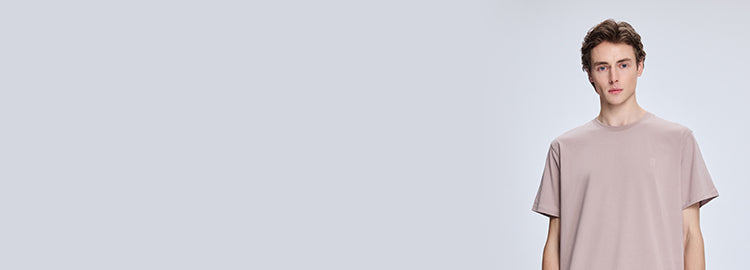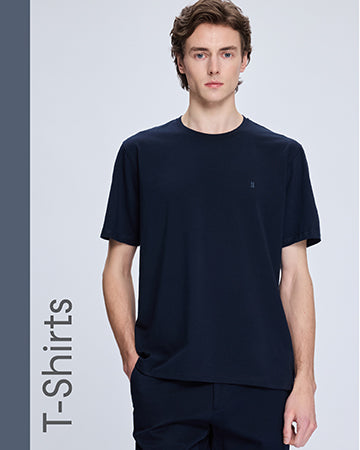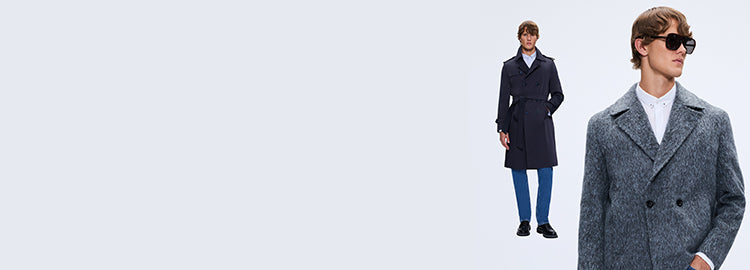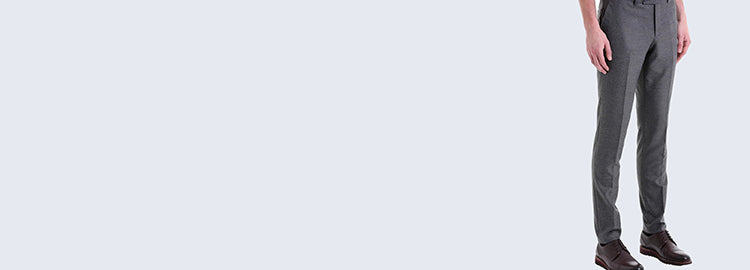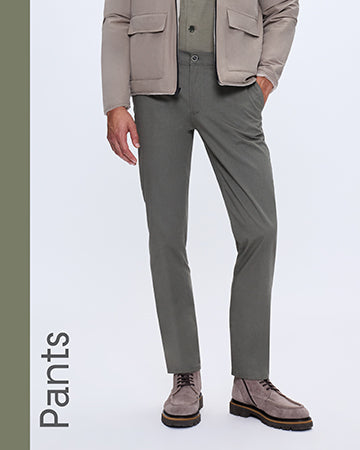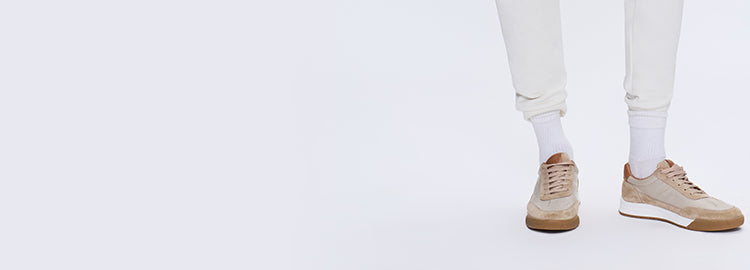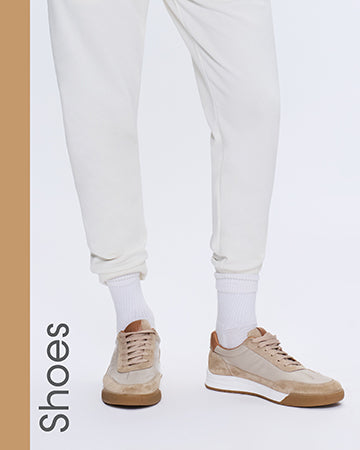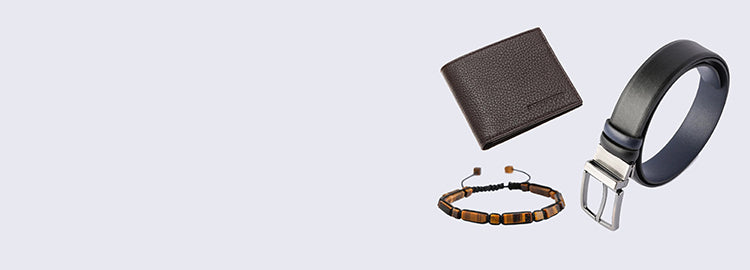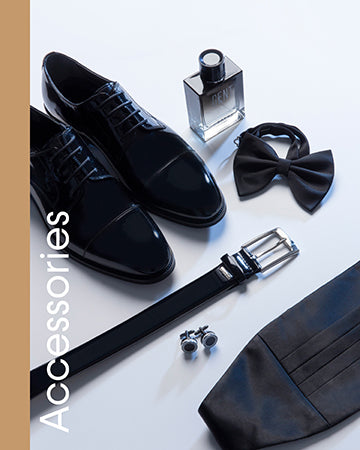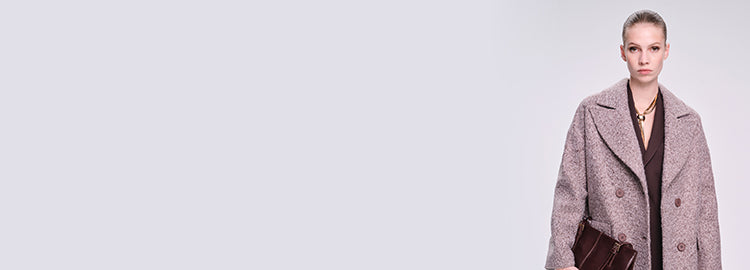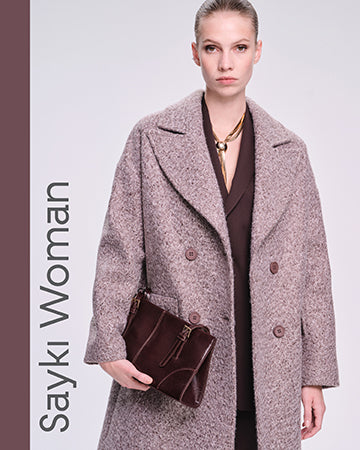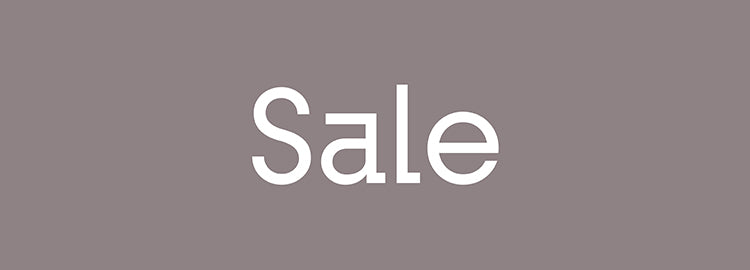The world of menswear is experiencing a dramatic shift. Traditional suiting conventions that once dominated corporate corridors are giving way to fresh approaches that prioritize comfort, individuality, and conscious choices. As we move through 2025, men's suits are embracing a new philosophy that balances sophistication with modern lifestyle demands.
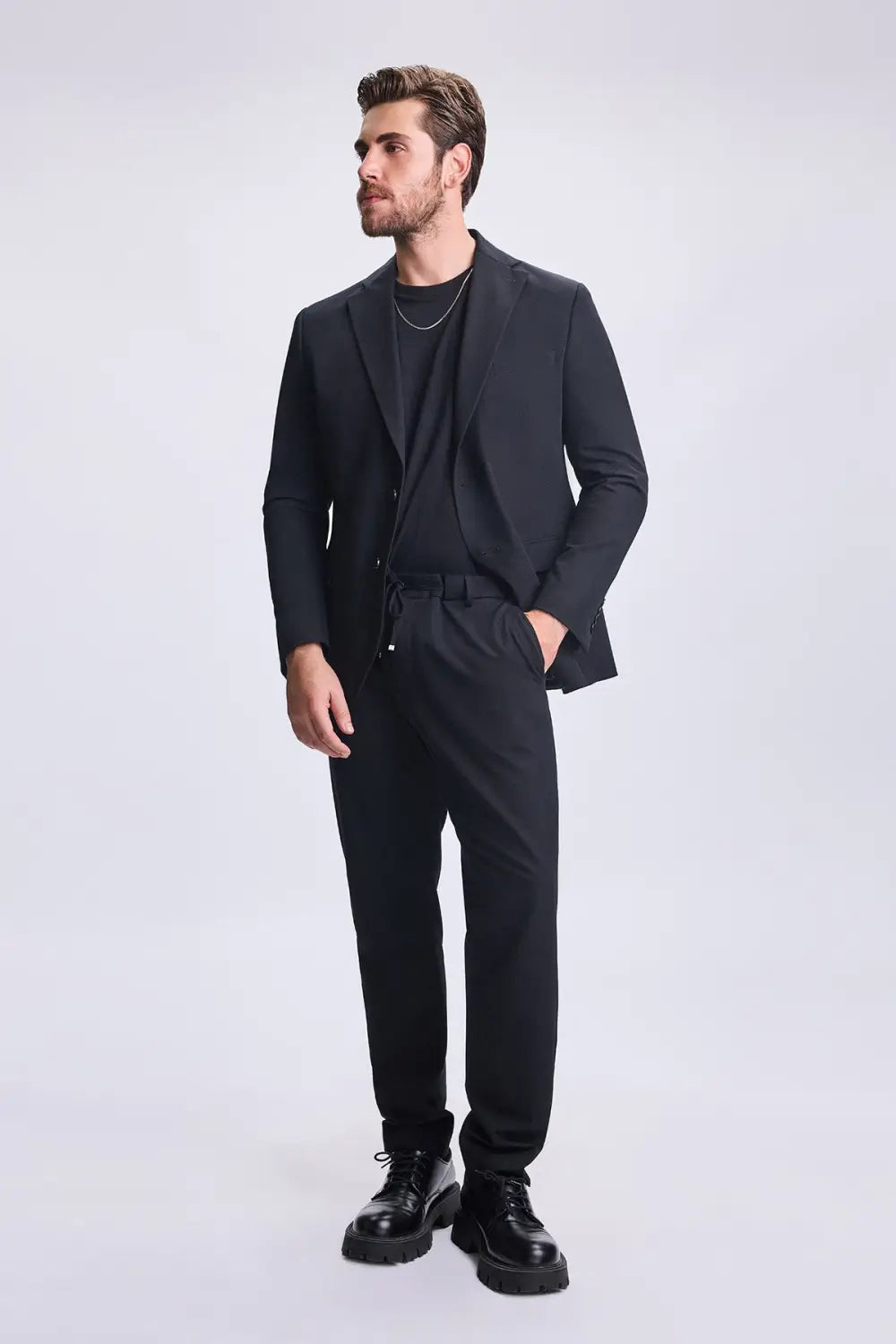
Why 2025 Suit Trends Angle Toward Comfort & Identity
The pandemic fundamentally changed how we view professional attire. Remote work normalized comfort-first dressing, while return-to-office mandates created demand for clothing that bridges casual and formal settings. Today's suit buyer seeks garments that work equally well in boardrooms and coffee shops, reflecting a generation that values authenticity over rigid dress codes.
Modern professionals reject the cookie-cutter approach to suiting. They want pieces that express personality while maintaining professionalism. This shift has pushed designers to rethink everything from silhouettes to fabric choices, creating space for innovation that previous decades wouldn't have entertained.
Key Trends to Watch in 2025
Relaxed Silhouettes & Softer Tailoring
Gone are the days when suits needed to hug every contour. 2025 celebrates roomier proportions that allow natural movement and breathing space. Think broader shoulders, easier chest fits, and trousers that don't require strategic seating arrangements.
This relaxed approach draws inspiration from 1930s and 1940s tailoring, when suits were cut with generous proportions that suggested confidence rather than constraint. Modern interpretations maintain the elegance of that era while incorporating contemporary fabric technologies that enhance comfort without sacrificing structure.
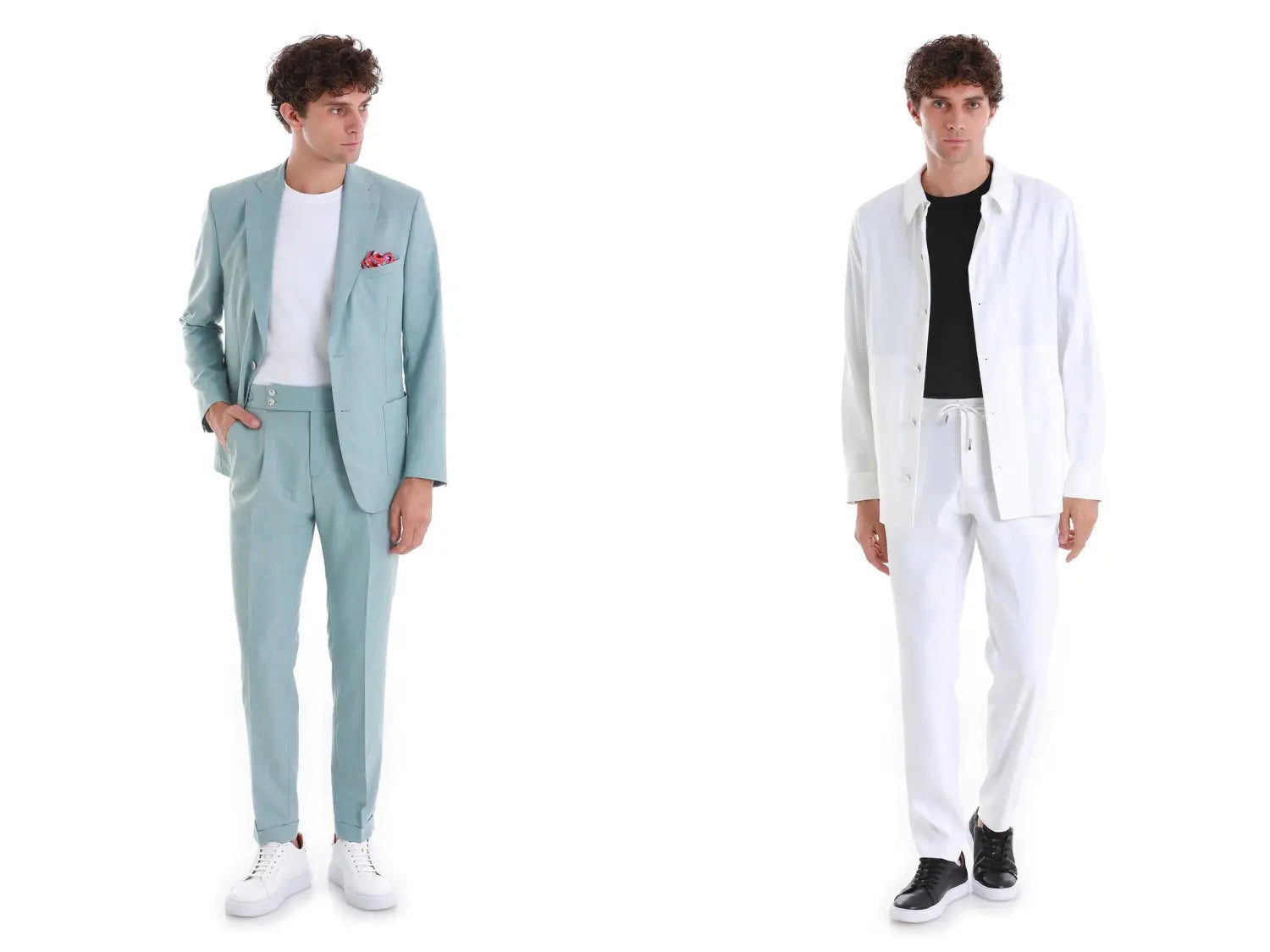
Sustainable & Innovative Fabrics
Environmental consciousness has penetrated every aspect of fashion, and suiting is no exception. 2025 brings fabrics made from recycled fibers, organic materials, and innovative blends that reduce environmental impact without compromising quality.
Performance fabrics are gaining traction too. Suits now feature stretch properties, moisture-wicking capabilities, and wrinkle-resistance that make them genuinely practical for active lifestyles. Some even survive washing machine cycles, eliminating the need for frequent dry cleaning.
Color Palettes & Textures That Stand Out
Navy and charcoal aren't disappearing, but they're sharing closet space with bolder choices. Rich browns, deep greens, and even carefully chosen pastels are finding their way into professional wardrobes. The key lies in execution—these colors work best with quality fabrics and confident styling.
Texture plays an equally important role. Subtle checks, herringbone weaves, and even carefully placed florals add visual interest without overwhelming the overall look. The goal is personality without loudness.
2025 Suit Color Trends
Sophisticated Textures
Statement Details & Personalization
Customization has moved beyond monograms. Modern suits incorporate unexpected elements—unique button choices, contrasting linings, distinctive lapel styles, or subtle embroidered details that make each piece distinctive.
Accessories are evolving too. Traditional ties share space with interesting pocket squares, lapel pins, and even carefully chosen jewelry. The approach is editorial rather than excessive, adding just enough detail to create conversation without overwhelming the overall aesthetic.
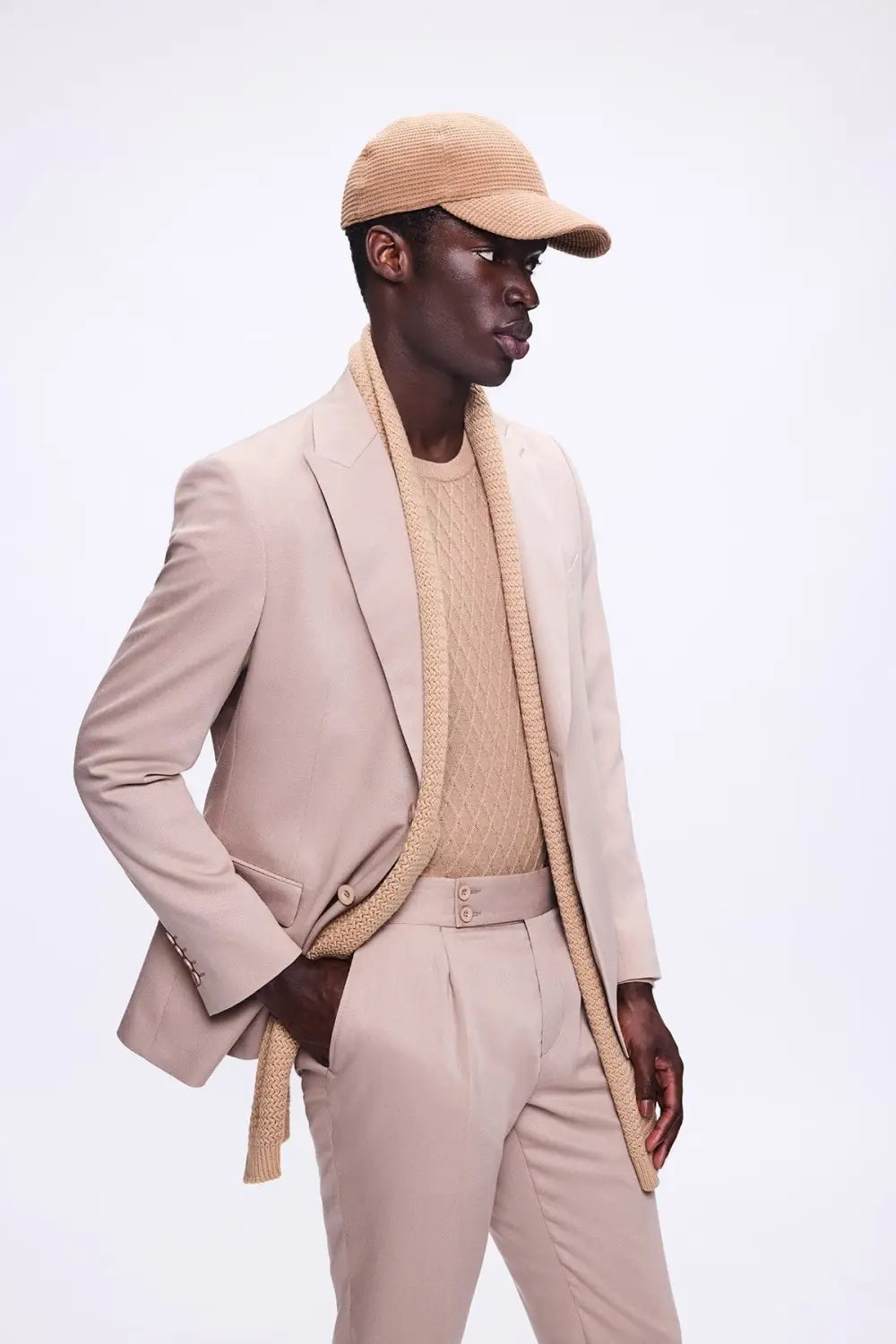
Warm beige tones with textured knitwear create sophisticated casual elegance.
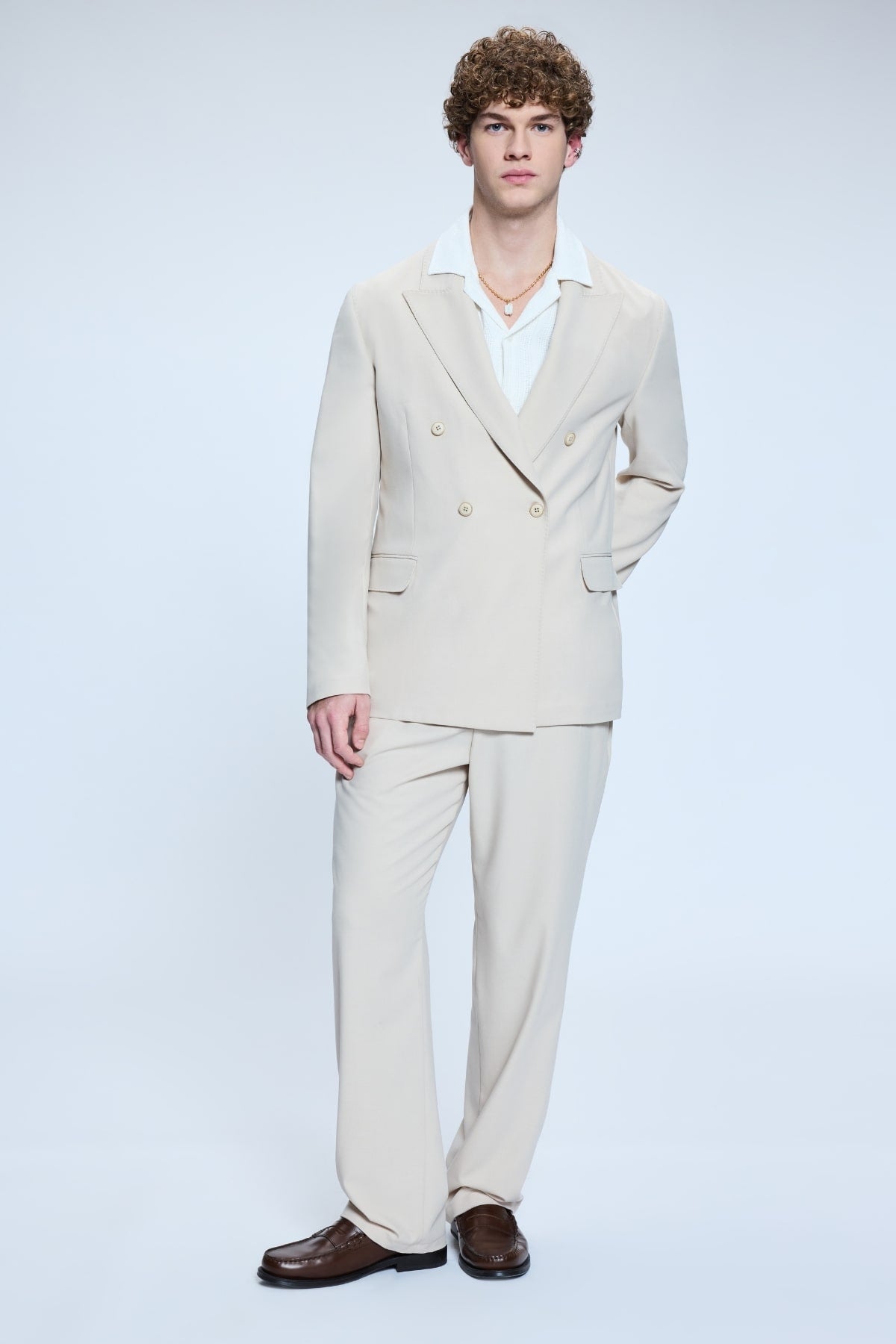
Double-breasted cream suit showcases relaxed tailoring with modern proportions.
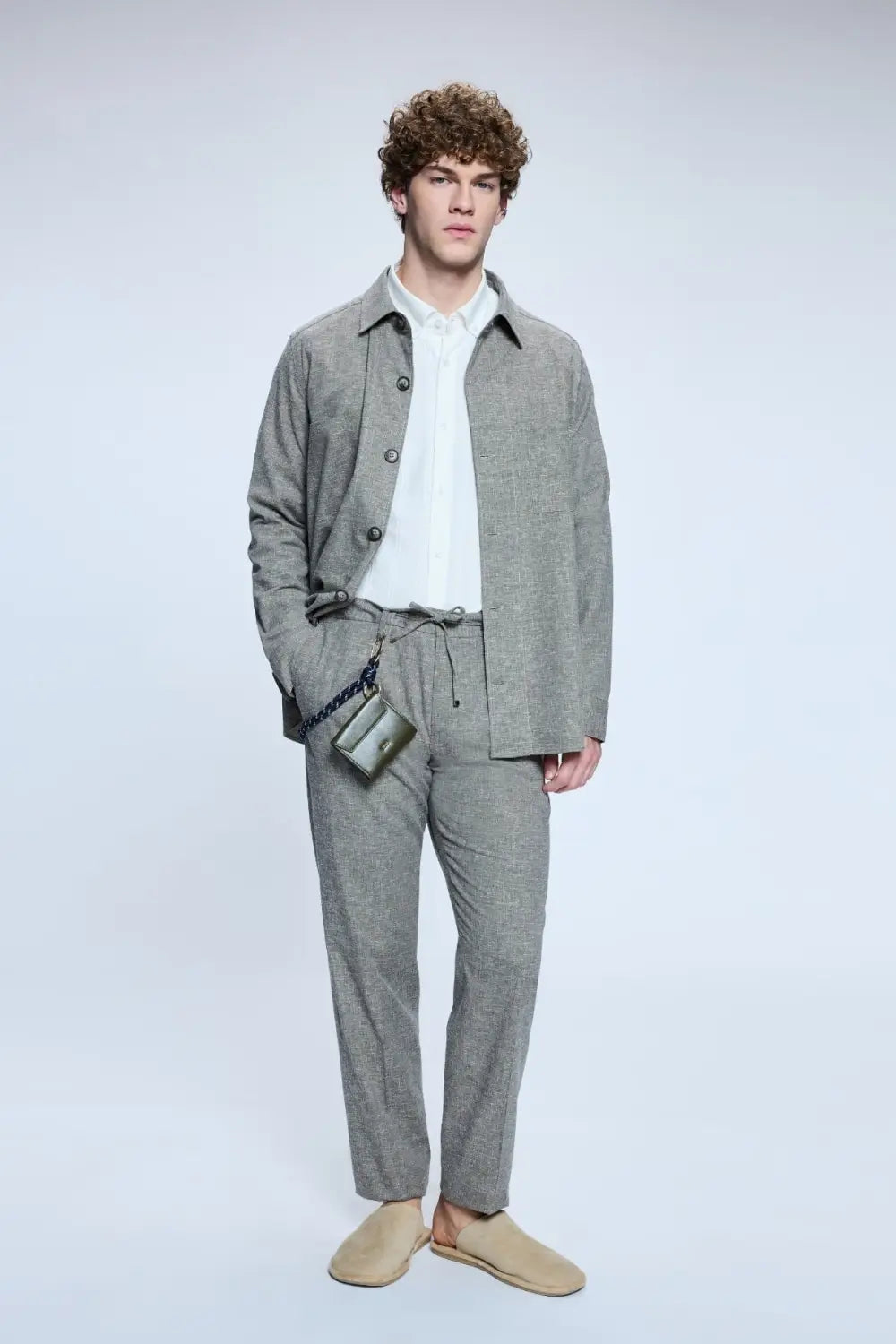
Textured grey fabric with casual styling demonstrates versatile formal-casual balance.
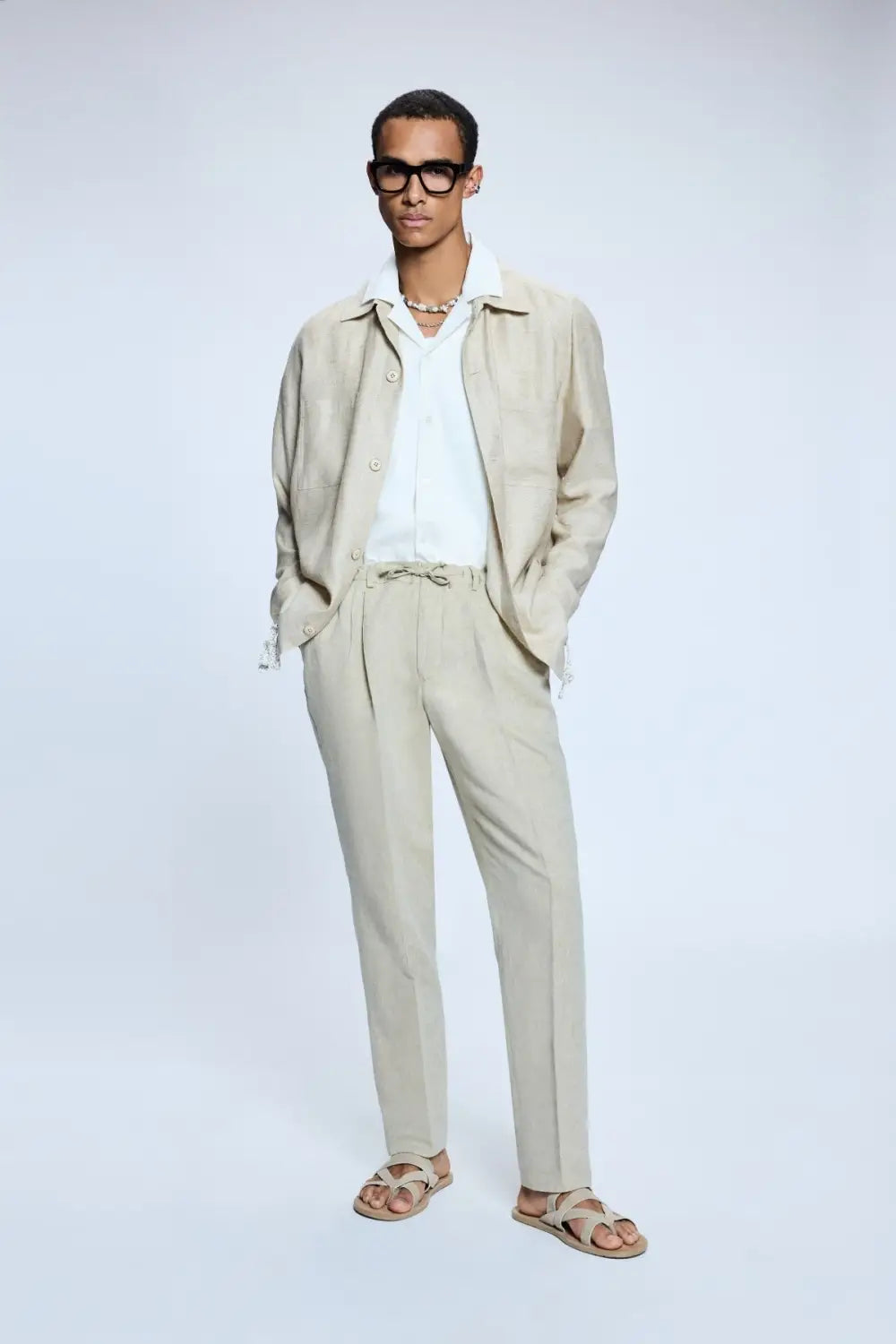
Linen suit with statement glasses and jewelry exemplifies personalized modern menswear.
Versatility & Occasion-Bridging Styles
Perhaps the most significant trend is versatility itself. Modern suit buyers invest in pieces that work across multiple contexts. A well-chosen jacket might pair with men's pants for the office, jeans for weekend events, or shorts for summer gatherings.
This mixing-and-matching approach extends to formal wear too. Tuxedos are being styled more casually, while men's blazers are elevated for evening occasions. The boundaries between different levels of formality are becoming increasingly fluid.
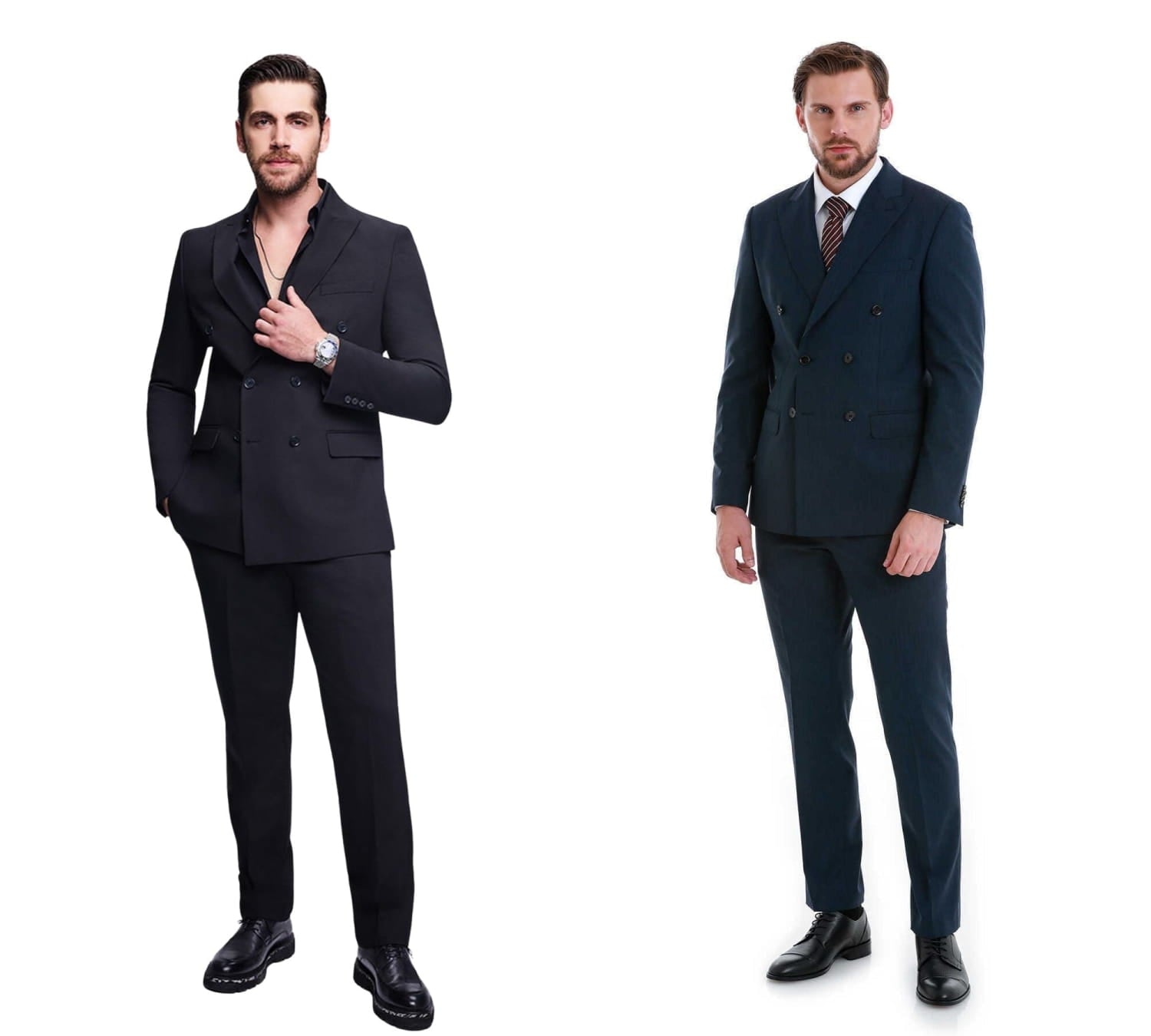
Trends to Leave Behind
Not every past trend deserves revival. Ultra-slim fits that restrict movement and require uncomfortable positioning are losing favor. Overly aggressive shoulder padding reminiscent of 1980s excess feels outdated and forced.
Rigid dress codes that demand identical looks are also fading. Cookie-cutter approaches to professional dressing ignore individual body types, personal style preferences, and the reality of modern work environments that value creativity alongside competence.
The idea that suits must always include ties is becoming optional rather than mandatory. While neckties aren't disappearing, they're no longer automatic requirements. Men's shirts are being styled open-collar more frequently, creating cleaner, more relaxed looks.
See also : Suit Measurements: Get the Perfect Fit
Styling Tips: How to Wear 2025 Trends
Start with fit fundamentals. Relaxed doesn't mean sloppy—proper shoulder alignment and appropriate length proportions remain crucial. The difference lies in allowing comfort zones throughout the garment rather than creating tension points.
When experimenting with color, begin conservatively. A rich brown or deep green suit paired with neutral accessories creates impact without risk. As confidence builds, introduce bolder elements gradually.
Mixing formal and casual elements requires balance. If wearing a suit jacket with jeans, ensure both pieces are high quality. Compromise on one element, and the entire look suffers. Similarly, when adding unique accessories, let one piece be the focal point rather than competing for attention.
Pay attention to proportions when embracing looser fits. Relaxed doesn't mean oversized—the goal is comfort that maintains structure. Work with knowledgeable tailors who understand modern proportions rather than fighting against contemporary silhouettes.
Master the art of modern menswear with these essential styling principles
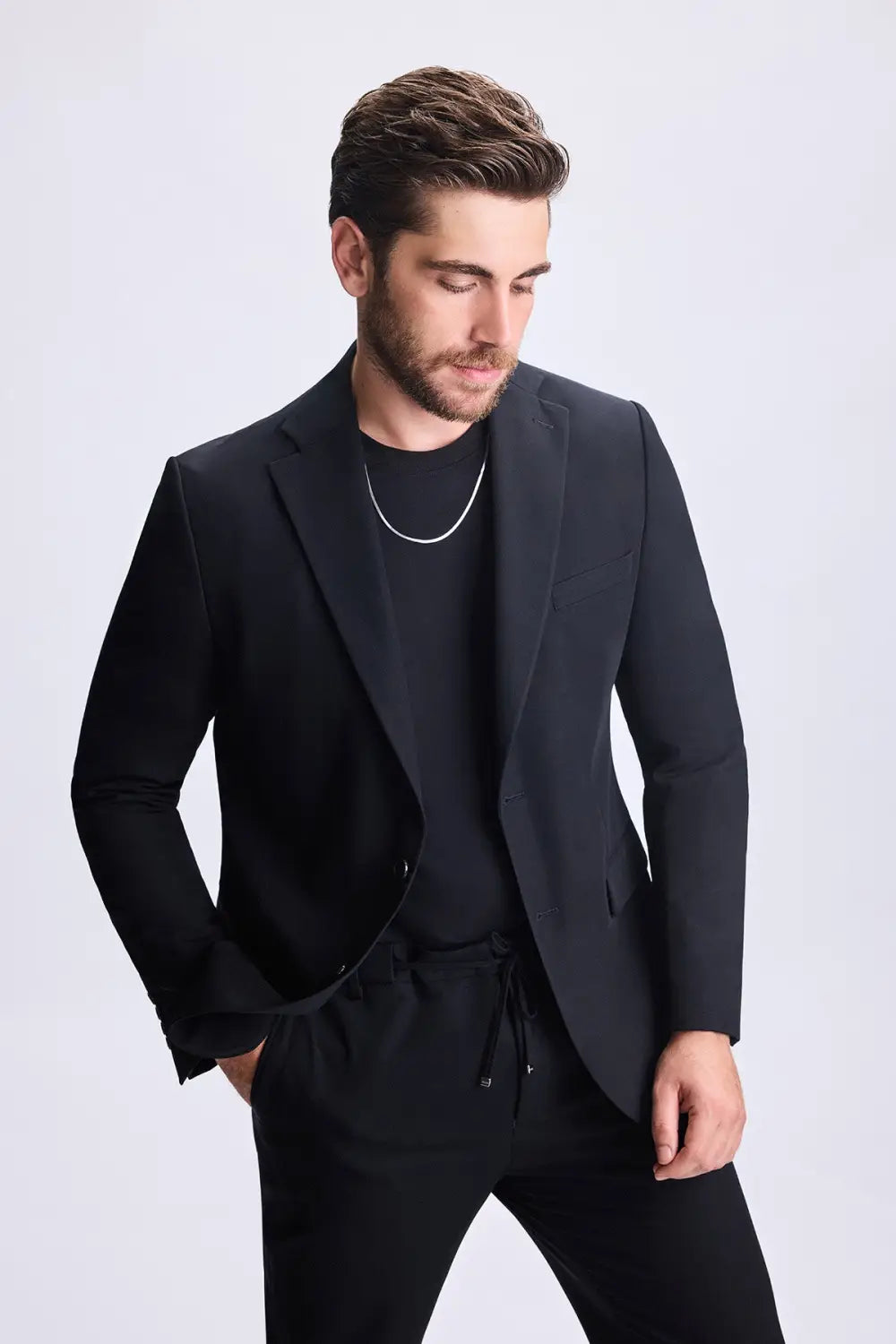
Start with Fit Fundamentals
Relaxed doesn't mean sloppy—proper shoulder alignment and appropriate length proportions remain crucial. The difference lies in allowing comfort zones throughout the garment rather than creating tension points.

Experiment with Color Gradually
When experimenting with color, begin conservatively. A rich brown or deep green suit paired with neutral accessories creates impact without risk. As confidence builds, introduce bolder elements gradually.
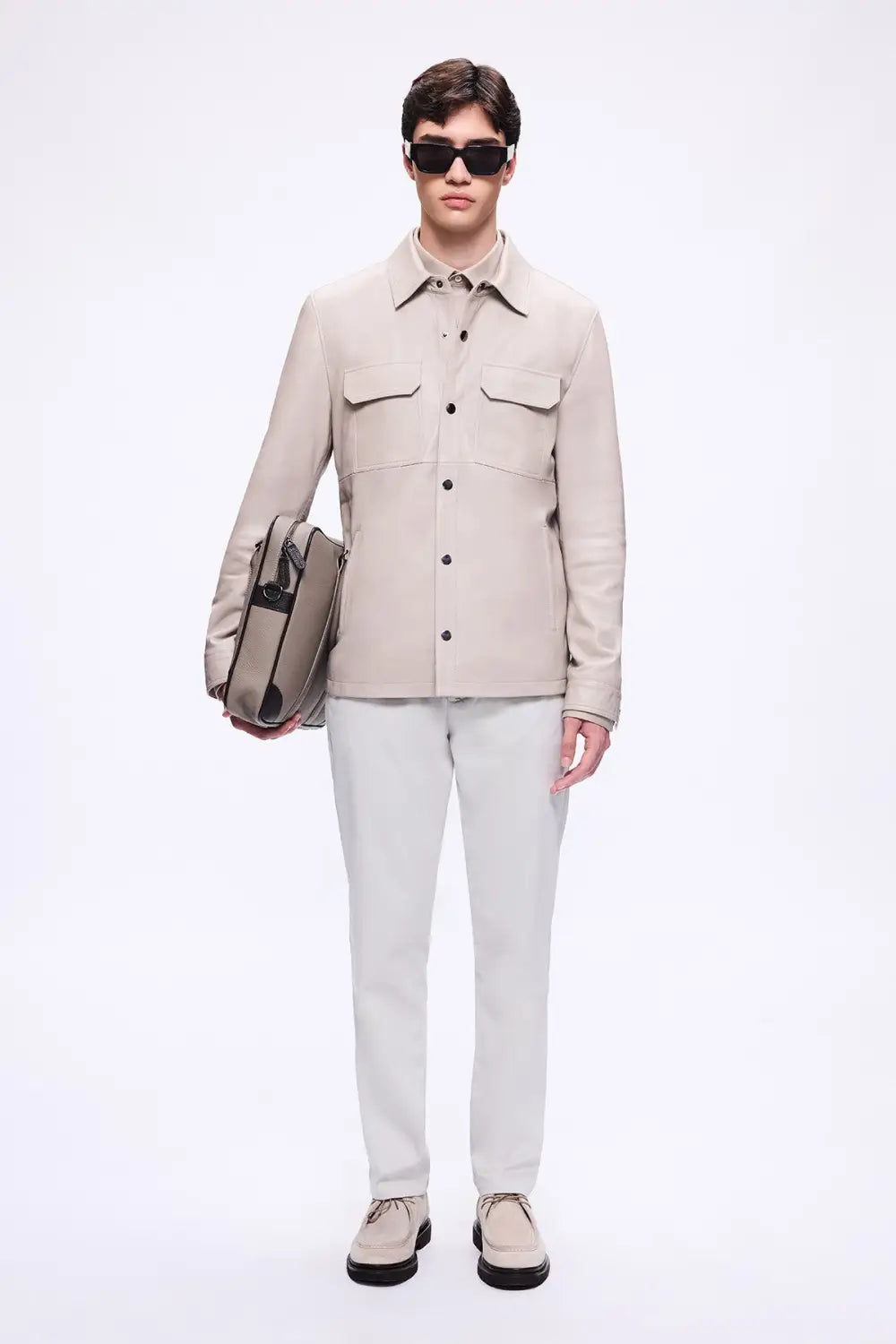
Balance Formal & Casual Elements
Mixing formal and casual elements requires balance. If wearing a suit jacket with jeans, ensure both pieces are high quality. Compromise on one element, and the entire look suffers.
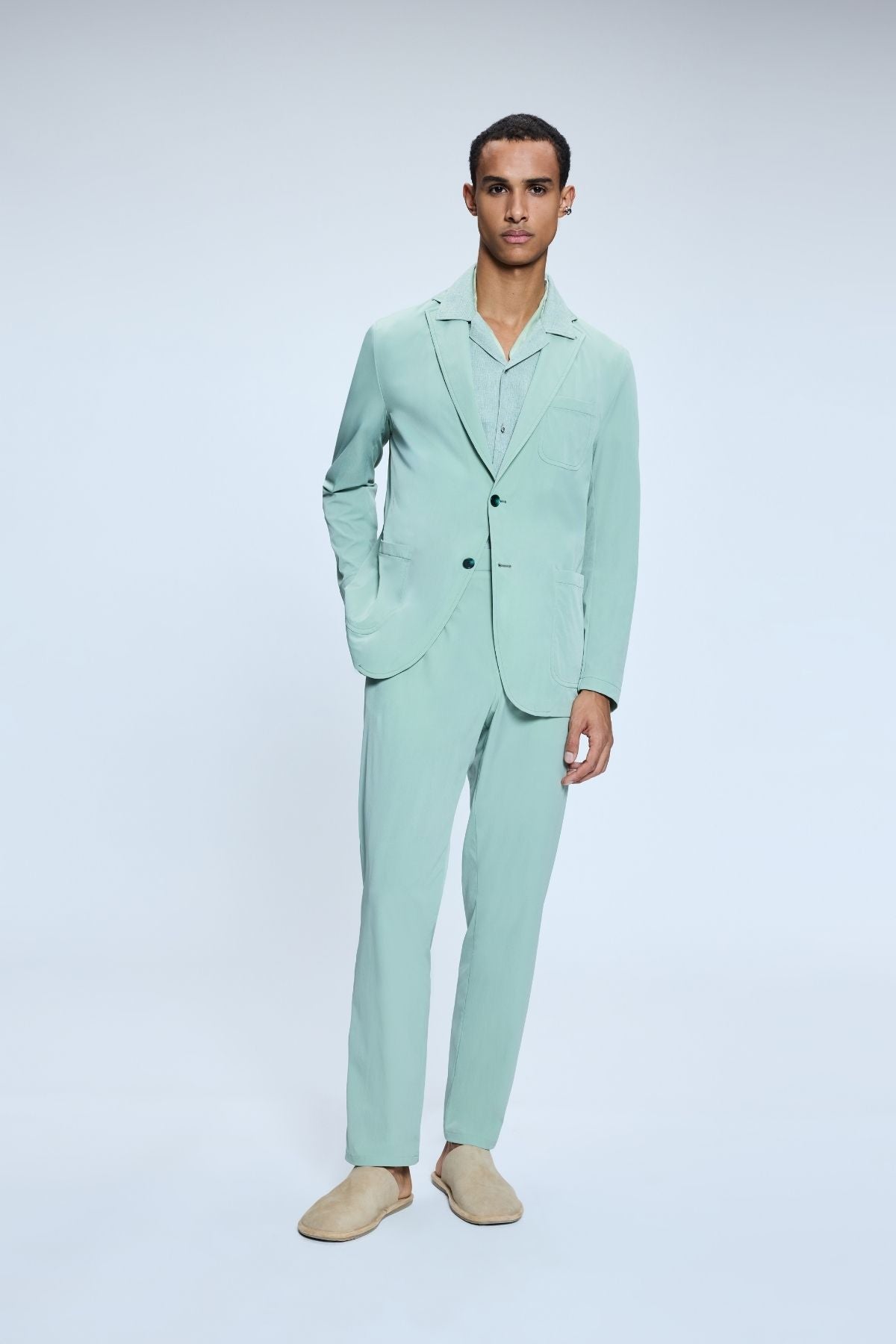
Master Modern Proportions
Pay attention to proportions when embracing looser fits. Relaxed doesn't mean oversized—the goal is comfort that maintains structure. Work with knowledgeable tailors who understand contemporary silhouettes.
The suit isn't disappearing—it's evolving. 2025's trends reflect broader cultural shifts toward authenticity, comfort, and conscious consumption. Whether you're updating a professional wardrobe or building one from scratch, these trends offer pathways to personal expression that previous generations couldn't imagine.
The key lies in thoughtful adoption rather than wholesale revolution. Choose elements that align with your lifestyle, body type, and personal aesthetic. After all, the best trend is confidence in what you're wearing, regardless of what fashion magazines suggest.

